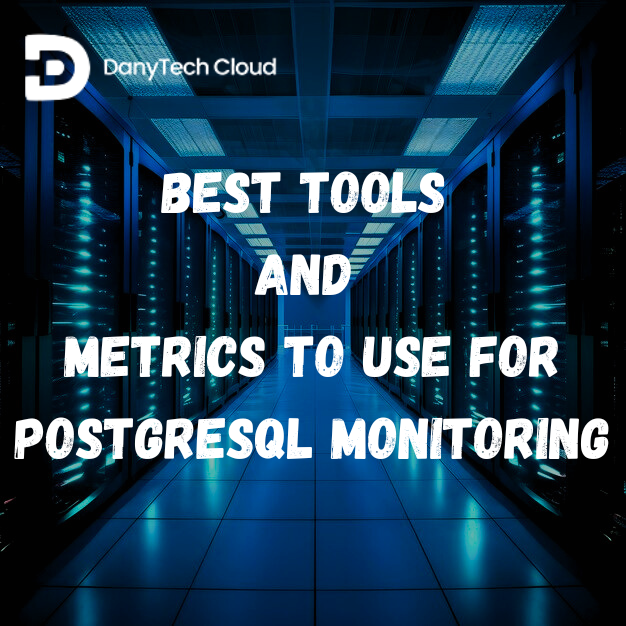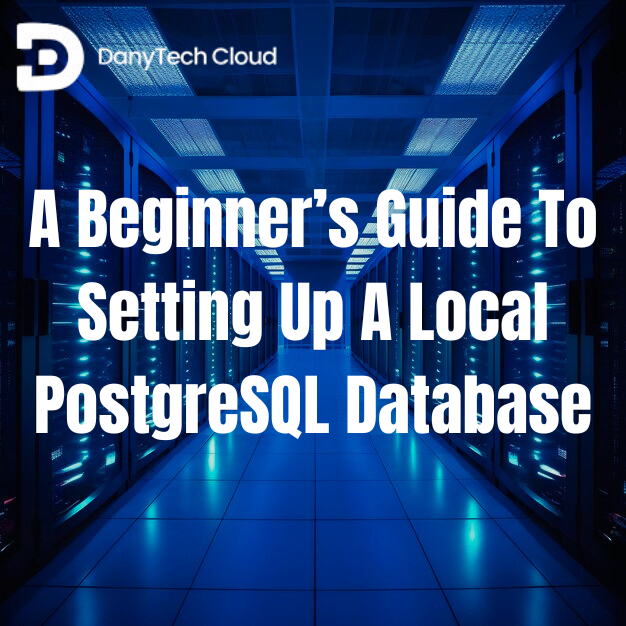Oracle APEX, being a robust low-code platform, allows users to build strong web applications with minimal programming. One of its main strengths is the ability to control how users interact with data and forms. It lets you do this using features like application monitoring and validations in Oracle APEX.
Whether you are a business user or a developer, understanding how to implement validations and track app performance is important. It helps in maintaining application health and data quality.
Why Validations Matter in Oracle APEX
APEX validations let you define rules that are checked when a form is submitted. If any failed conditions exist, the submission will stop, and the user will be shown an error message. Through these validations, you can ensure that only accurate and clean data is entered into your application.
Oracle APEX supports both client-side and server-side validation. It provides developers with flexibility in how and where validation logic is implemented. The client-side checks often provide quick feedback. However, server-side validation ensures that business rules are reliably applied even if client-side scripts are bypassed. The server-side validation may also include validation of type PL/SQL.
Here is a quick tip: if you are new to APEX validations, the APEX Builder provides in-depth documentation and tools to help you get started.

What Are the Different Types of Validation in Oracle APEX?
When you customize validation in Oracle APEX, it means you are choosing the right type of validation for your particular demands. Here are some of the core types of validations in Oracle APEX explained.
- Item-Level Validation
This type of validation is the most basic. It applies to individual form fields or items and is commonly used to make sure that required fields are not left blank or contain only valid values. For example, you can validate that a field such as “Email” is not empty or that “Age” is not less than 18.
- Page-Level Validation
This evaluates multiple form items at a time. They are ideal for applying relationships between fields. For instance, the fields that ensure that a “Start Date” will come before the “End Date”. Through these validations, users can enforce logical consistency across different form inputs.
- SQL or PL/SQL Expression Validation
This powerful option allows developers to apply custom validation logic using SQL or PL/SQL error validation. It is perfect for implementing complex business rules. For instance, checking if a username is already present in the database. If there is a failed condition, the form will not be submitted.
This validation of type PL/SQL is specifically useful for conditions where standard validations are insufficient. You may also write a validation procedure in PL/SQL to gather and reuse your validation logic.
How Do You Add Validation in Oracle APEX?
Adding a validation in Oracle APEX is simple, thanks to the visual development environment in the APEX Builder. Here is how you can add validation in Oracle APEX.
- Open your app and go to the form page in the Page Designer.
- Below the “Processing” section, find and choose “Validations”.
- Click “Create” to add a new validation.
- Choose your validation type (Item-level, Page-level, SQL expression, and others).
- Define the validation logic or rule (e.g., Age must be over 18).
- Set thevalidation timing.
- Write a meaningful error message to show if validation fails.
- Save and check the application.
These customizing validations in Oracle APEX steps enable you to customize error handling and input control according to your app’s unique demands.
How to Check Application Status in Oracle?
Tracking your app’s health is crucial for maintaining user satisfaction and performance. Oracle APEX offers built-in tools to help you test an app’s status quickly.
Steps to Check Application Status
- Log in to Oracle APEX and navigate to the “App Builder”.
- Browse your list of apps. Each list will show its status like:
- Development Mode, meaning under construction or being tested.
- Deployed (Production), meaning live and accessible to users.
- Unavailable, meaning not currently active.
- Developers having admin access can also track:
- Performance metrics
- Session statistics
- Application uptime and health
- Error logs
Through these features, it becomes easy for users to stay informed and maintain multiple apps efficiently.
Conclusion
Oracle APEX encourages users to build data-driven, modern apps quickly. Features like Oracle APEX’s standard validation, real-time application monitoring, and custom logic using PL/SQL ensure your apps remain user-friendly and reliable. Mastering validations in Oracle APEX, from beginner item-level checks to complex custom validation logic, and learning to monitor your app’s status via the APEX Builder is essential. It helps set yourself up for success, whether you are building internal tools or client-facing applications.




